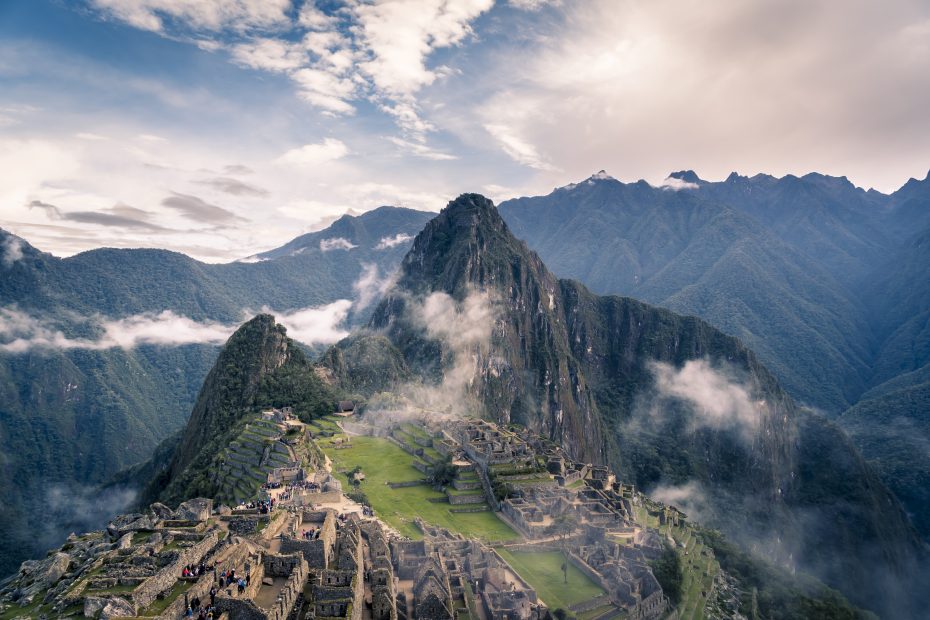Table of Contents
Introduction
Etched into the arid coastal plains of southern Peru are perhaps some of the most intriguing and mysterious ancient wonders of the world – the spectacular Nazca Lines. These enormous geoglyphs depicting various plants, animals, geometric shapes and straight lines have captured the imagination of archaeologists, scientists and curious observers for decades. Yet despite intense study, many questions remain about who created these magnificent designs, why they made them, and how they crafted them with such artistry and accuracy. The Nazca Lines continue to present enigmas that may never be fully solved, ensuring their mystique endures.
History and Background
The Nazca Lines are located in the Pampas de Jumana, a bleak and nearly waterless plain that spans about 250 square miles between the towns of Nazca and Palpa in the Ica region of coastal Peru. Research indicates they were made by the pre-Incan Nazca culture between 500 BCE to 500 CE. While the lines themselves were discovered in the early 1900s, it was Peruvian archaeologist Toribio Mejia Xesspe who first spotted them while hiking in the foothills in 1927. Scientific study of the lines began in earnest in the 1940s by American professor Paul Kosok. Since then, the Nazca Lines have been preserved within the protected Nazca Desert archaeological zone.
What are the Nazca Lines?
The Nazca Lines are a collection of hundreds of gigantic geoglyphs – designs made on the ground by removing rocks and earth to expose the lighter soil below. Ranging from simple lines to complex pictograms, they depict different animals like monkeys, hummingbirds, spiders, and whales, as well as plants, spirals, trapezoids, triangles, and straight lines crisscrossing the desert in every direction. The largest geoglyph is a 935 foot long pelican. Yet the lines are so enormous they can only be fully appreciated from the sky above. Scientists have uncovered over 700 individual figures and 13,000 lines stretching across nearly 400 square miles of arid plains.
Theories on Meaning and Purpose
Archaeologists have theorized various explanations for the purpose and significance of the Nazca Lines. Some believe they served an astronomical role as a calendar to mark important dates associated with constellations or for agricultural planning. Other evidence suggests the lines pointed towards sacred religious sites in the landscape. Certain designs are interpreted as ‘mapping’ constellations on the ground. Many figures seem connected to Nazca deities and rituals, perhaps acting as giant ‘offerings’ to the gods. The straight lines appear to point towards sources of fresh water. There are also theories the lines emanated from sacred origin myths of the people who made them. Despite intense research, no single explanation satisfies why they were created. The meaning of the Nazca Lines remains speculative at best.
How Were the Lines Made?
Considering the Nazca people lacked aerial technology, the construction of the giant geoglyphs represented a remarkable feat of planning, measurement and engineering skills. They were crafted by removing the top layer of darker red pebbles to expose the lighter soil below. Archaeologists theorize the Nazca used simple tools like ropes, stakes and wooden posts to plot the straight lines and trapezoids. To imprint the shapes of animals, plants and humans, they likely prepared smaller preliminary drawings then used those as a guide. By working together, large groups could have moved the stones and dirt while the shapes took form. The master designers who envisioned the layouts must have possessed an intimate understanding of their landscape.
Threats to Preservation
While the majority of the Nazca Lines are located on elevated plateaus, preservation remains an ongoing challenge. Water and wind erosion gradually wears the lines away. The desert climate makes maintenance difficult. Human activities like driving vehicles over the site, constructing buildings nearby, and disrupting the terrain with large crowds of tourists all pose risks. However, local agencies strive to protect the integrity of the UNESCO World Heritage Site by restricting access, monitoring threats, and penalizing illegal encroachment. Broader public education can also help minimize future damage.
Conclusion
The iconic Nazca Lines represent one of archaeology’s most enduring mysteries. The enormous drawings carved into the Peruvian desert centuries ago by an ancient people continue to both mystify and marvel us today. Their artistic legacy prompts unanswered questions about their purpose, meaning, and how they crafted their visionary works. While many puzzles remain about the Nazca Lines, perhaps it is their very mystery that makes them so meaningful. The ancient geoglyphs of Nazca still captivate our imaginations, ensuring their enigmatic allure endures for generations to come.
FAQs
What are some of the figures depicted in the Nazca Lines?
Some of the more recognizable figures include a hummingbird, monkey, spider, whale, dog, condor, jaguar, and lizard. There are also myriad geometric shapes like lines, triangles, spirals, and trapezoids.
How big are the Nazca Lines?
The geoglyphs vary considerably in size. While some span several football fields in length, others may be small as a city block. The largest known figure is the Pelican, measuring over 935 feet from beak to tail feathers.
How were the lines preserved so well over time?
The arid desert climate of Nazca, which rarely receives rain, helped keep the lines largely intact over centuries. The designs were also made in elevated areas away from flood zones. Their isolation further added protection.
What threats do the Nazca Lines face today?
Major threats include erosion, human encroachment through development, vehicle traffic damaging the site, and crowds of tourists walking on the lines. But conservation efforts aim to protect the site.
Do scientists know for certain who created the Nazca Lines?
Most evidence indicates the geoglyphs were constructed by the Nazca people who inhabited the region from around 100 BC to 800 AD. However, there are some differing theories on their exact origins.
